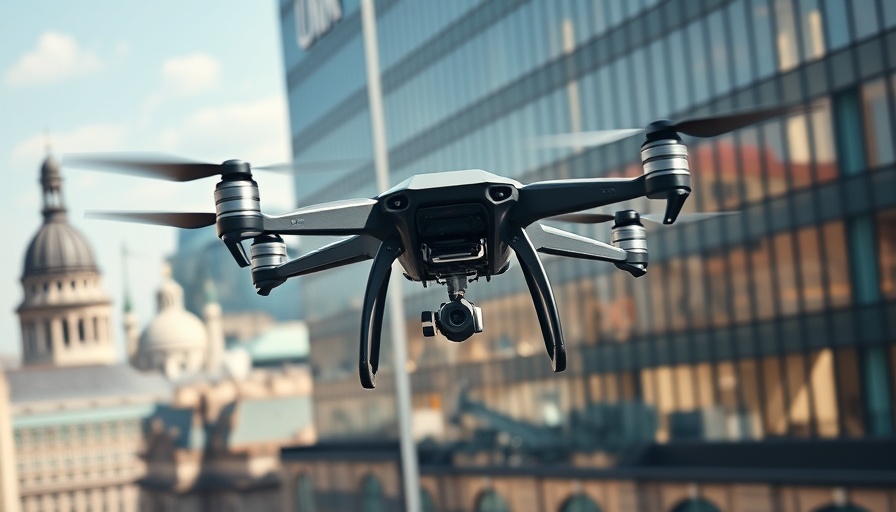
Revolutionizing Airspace: NASA's UTM System for Drones
In the rapidly advancing world of drone technology, NASA's innovative unmanned-aircraft-system traffic management (UTM) system emerges as a groundbreaking solution to the challenges of navigating the increasingly crowded airspace. With an eye on safety and efficiency, UTM enables drones to operate in tandem without the need for traditional air traffic control, a paradigm shift that marks a significant milestone in aerial logistics and commercial drone applications.
The Birth of UTM: A Response to Drone Surge
The journey toward developing the UTM system was ignited by Jeff Bezos' ambitious claim in 2013 about Amazon's potential use of drones for swift package delivery. This announcement spurred Parimal Kopardekar, director of the NASA Aeronautics Research Institute, to ponder how existing air traffic management structures could accommodate an influx of UAVs, particularly as commercial applications became more widespread. The UTM system was born from Kopardekar's vision, evolving through collaboration with federal agencies and industry stakeholders. Now, rather than relying solely on air traffic controllers to oversee traffic, drone operators can communicate their flight intentions through a cloud-based network, greatly enhancing operational capacity.
A New Flight Path: The Mechanics Behind UTM
At its core, UTM employs sophisticated algorithms to plan drone trajectories, taking into account numerous factors that could impact flight safety and efficiency. Just like GPS navigation for cars, the system sends alerts to drone operators if a flight path is obstructed or if another drone is set to occupy the same airspace, ensuring preemptive rerouting. With the capability to fly below 400 feet and outside of visual line of sight, drones now have the potential to expand their roles beyond recreational use into critical areas like emergency response, medical transportation, and far more.
Challenges Ahead: Addressing Collisions and Regulations
Despite the promise that UTM holds, several challenges remain to be addressed. The potential for midair collisions has sparked caution, leading regulators to maintain stringent restrictions on drone operations. Current Federal Aviation Administration (FAA) rules confine drones primarily to a third of a mile from their operators, although UTM aims to counteract this limitation by enhancing situational awareness among drone pilots. As more operators begin to integrate UTM into their operations, it’s crucial that we navigate the regulatory landscape to facilitate safe and effective drone utilization.
The Future of Airspace Management: A Look Ahead
As UTM gains traction, the airspace could witness a transformation in how logistics and emergency services operate. With the capacity to coordinate numerous drone flights simultaneously and enable autonomous operations, UTM could significantly reduce response times in crises and make delivery services more efficient. The technology could even be a key player in smart city developments, solidifying long-term benefits in both public safety and logistical efficiency.
Adopting UTM: Strategies for Businesses
Executives and decision-makers across industries should start considering how UTM can integrate into their operations. Understanding UTM’s framework could help companies streamline their delivery processes, enhance surveillance capabilities, and improve public safety responses. By leveraging this evolving technology, organizations can position themselves at the forefront of drone application innovation, making proactive decisions today to harness the possibilities of tomorrow.
Conclusion: Embracing the Sky's Potential
With NASA's UTM system paving the way for advanced drone operations, the future looks bright for aerial innovations. Industry leaders should embrace this trend by exploring how to effectively incorporate drone technology into their strategies. As we foster a safe and efficient airspace for all users, the sky may soon be filled with a network of drones serving a multitude of purposes.
 Add Row
Add Row  Add
Add 




Write A Comment